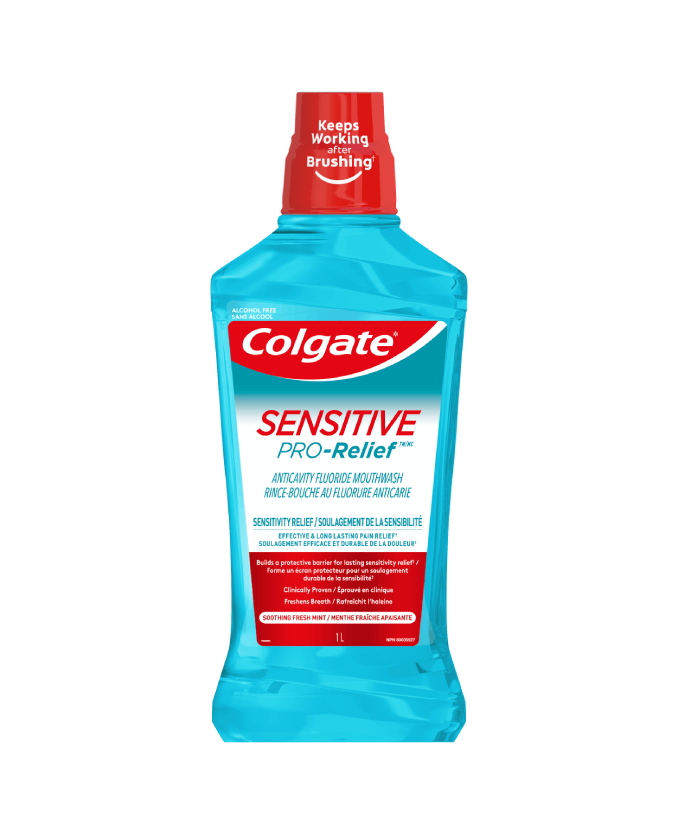Infant Tooth Decay: Heal Teeth With Gentle Care
The arrival of a baby’s first tooth is a significant milestone in their development, marking the beginning of a lifelong journey of oral health. However, this journey can be fraught with challenges, including the prevalence of infant tooth decay. Also known as early childhood caries, this condition affects millions of children worldwide, causing pain, discomfort, and potentially long-term damage to their teeth and overall health. In this comprehensive guide, we will delve into the world of infant tooth decay, exploring its causes, symptoms, and most importantly, the gentle care strategies that can help heal teeth and prevent future problems.
Understanding Infant Tooth Decay
Infant tooth decay is a bacterial infection that affects the teeth of young children, typically those under the age of six. It occurs when bacteria in the mouth break down sugars and starches from foods and drinks, producing acid that damages the teeth. This condition can progress rapidly, often without noticeable symptoms, making it essential for parents and caregivers to be vigilant about their child’s oral health.
Risk Factors
Several factors contribute to the risk of infant tooth decay, including:
- Poor Oral Hygiene: Infrequent brushing and cleaning of the teeth can lead to the accumulation of bacteria and food particles.
- Diet High in Sugars and Carbohydrates: Regular consumption of sugary drinks and snacks can fuel the growth of bacteria.
- Prolonged Bottle Feeding: Putting a child to bed with a bottle of milk or juice can increase the risk of tooth decay.
- Genetic Predisposition: Some children may be more susceptible to tooth decay due to their genetic makeup.
- Socioeconomic Factors: Children from lower-income families may have limited access to dental care and education on oral health.
Symptoms of Infant Tooth Decay
Recognizing the symptoms of infant tooth decay is crucial for early intervention and prevention of further damage. Common signs include:
- Visible Cavities: Small holes or pits on the surface of the teeth.
- Tooth Discoloration: White, brown, or black spots on the teeth.
- Sensitivity: Pain or discomfort when consuming hot or cold foods and drinks.
- Bad Breath: Persistent bad breath that does not improve with brushing and cleaning.
- Irritability: Children may become irritable or fussy due to oral pain or discomfort.
Gentle Care Strategies for Healing Teeth
While infant tooth decay can be a significant concern, the good news is that it can be treated and prevented with gentle care strategies. Here are some effective ways to heal teeth and promote oral health:
1. Establish a Good Oral Hygiene Routine
- Brush your child’s teeth at least twice a day with a fluoride toothpaste.
- Use a soft-bristled toothbrush and gentle circular motions.
- Clean all surfaces of the teeth, including the front, back, and top.
2. Limit Sugary Foods and Drinks
- Offer a balanced diet with plenty of fruits, vegetables, and whole grains.
- Avoid giving your child sugary snacks and drinks, especially before bedtime.
- Encourage water consumption throughout the day.
3. Practice Good Feeding Habits
- Avoid putting your child to bed with a bottle of milk or juice.
- Wean your child off the bottle by the age of one.
- Introduce a cup or straw at an early age to reduce the risk of tooth decay.
4. Visit the Dentist Regularly
- Schedule your child’s first dental visit by the age of one or within six months of the eruption of their first tooth.
- Regular check-ups can help identify early signs of tooth decay and prevent more severe problems.
5. Use Fluoride
- Fluoride can help strengthen tooth enamel and prevent decay.
- Use a fluoride toothpaste and mouthwash, and consider a fluoride varnish application at the dentist.
Conclusion
Infant tooth decay is a common yet preventable condition that can have significant consequences for a child’s oral health and overall well-being. By understanding the causes, symptoms, and gentle care strategies outlined in this guide, parents and caregivers can take proactive steps to heal teeth and prevent future problems. Remember, a healthy smile is just the beginning – it’s a gateway to a lifetime of confidence, happiness, and optimal health.
What is the best way to prevent infant tooth decay?
+The best way to prevent infant tooth decay is to establish a good oral hygiene routine, limit sugary foods and drinks, practice good feeding habits, and visit the dentist regularly. Additionally, using fluoride toothpaste and mouthwash can help strengthen tooth enamel and prevent decay.
How often should I take my child to the dentist?
+The American Academy of Pediatric Dentistry recommends that children visit the dentist every six months for a routine check-up and cleaning. However, if your child is at high risk for tooth decay or has a history of oral health problems, your dentist may recommend more frequent visits.
Can infant tooth decay be reversed?
+In some cases, infant tooth decay can be reversed with early intervention and treatment. Fluoride varnishes, dental sealants, and good oral hygiene practices can help prevent further decay and promote healing. However, if the decay is severe, fillings, crowns, or extractions may be necessary to restore the tooth.
By following these gentle care strategies and staying informed about infant tooth decay, you can help your child develop a healthy, happy smile that will last a lifetime. Remember, every small step counts, and with patience, persistence, and the right guidance, you can set your child on the path to a lifetime of optimal oral health.

